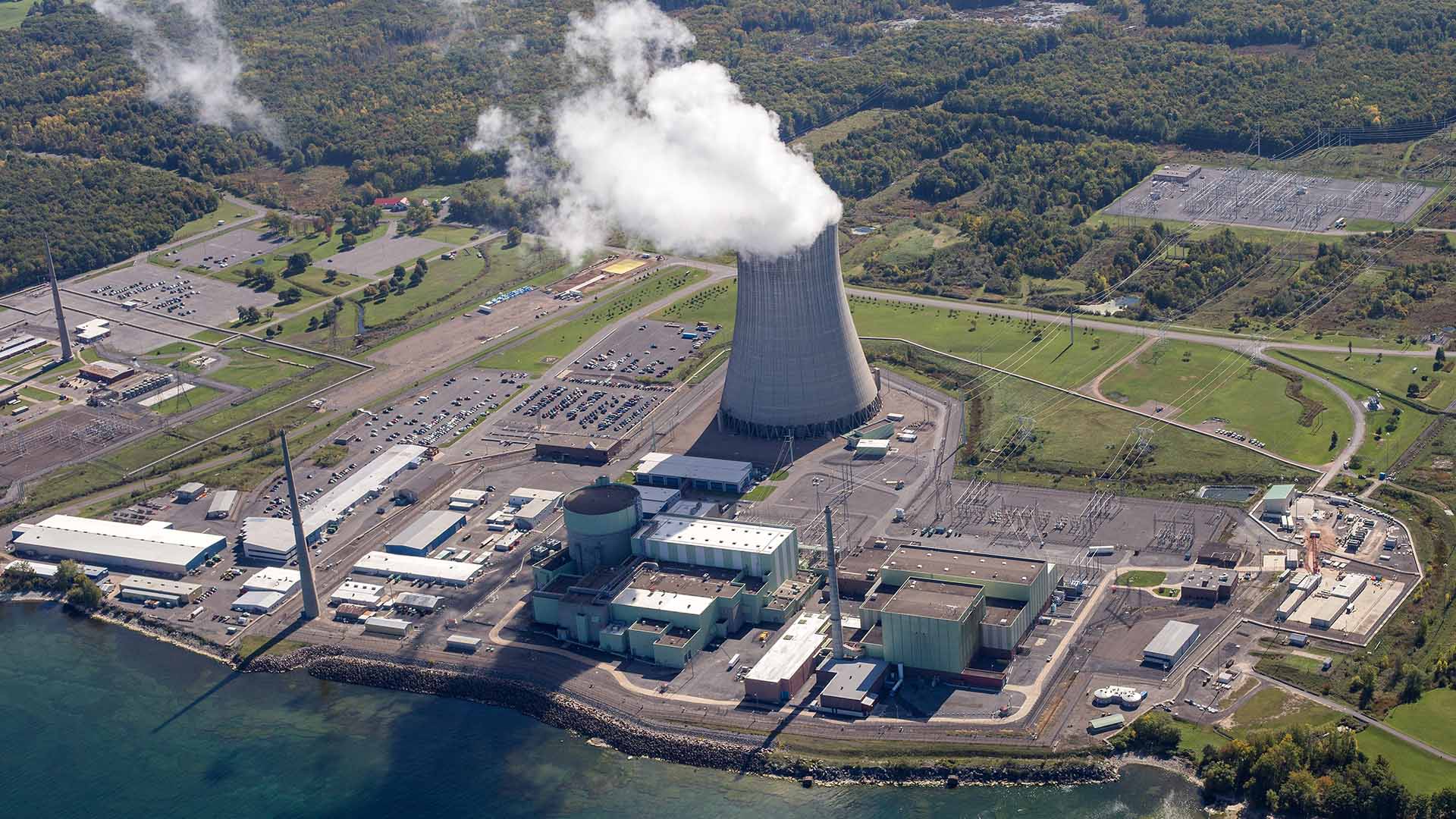From exploring Jupiter’s moons to experiencing a partial lunar eclipse, there are several mind-blowing space missions and astronomical events happening in 2023. Check out eight that we are the most excited about.
1. NASA’s SpaceX Crew-6 Launch (February 15)
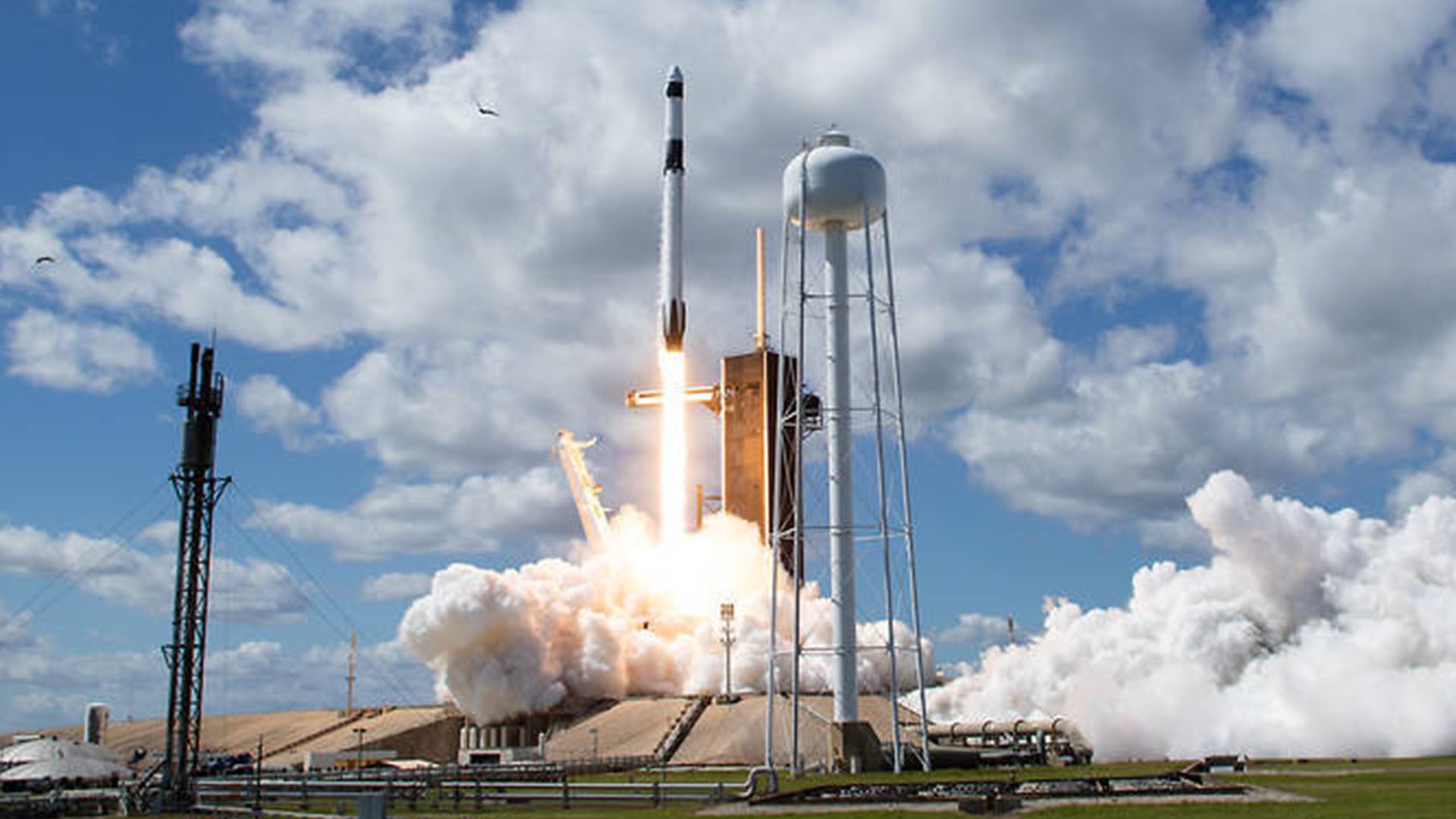
On February 15, NASA’s SpaceX Crew-6 is targeted for launch to the International Space Station. A SpaceX Falcon 9 rocket will launch Dragon from NASA’s Kennedy Space Center in Florida. The crew includes four astronauts who will spend about six months on the space station in 2023: NASA astronauts Stephen Bowen and Warren “Woody” Hoburg, UAE astronaut Sultan Al Neyadi, and Russian cosmonaut Andrey Fedyaev. This mission will be Dragon Endeavour’s fourth flight to the space station.
2. JUICE Launch (April 2023)
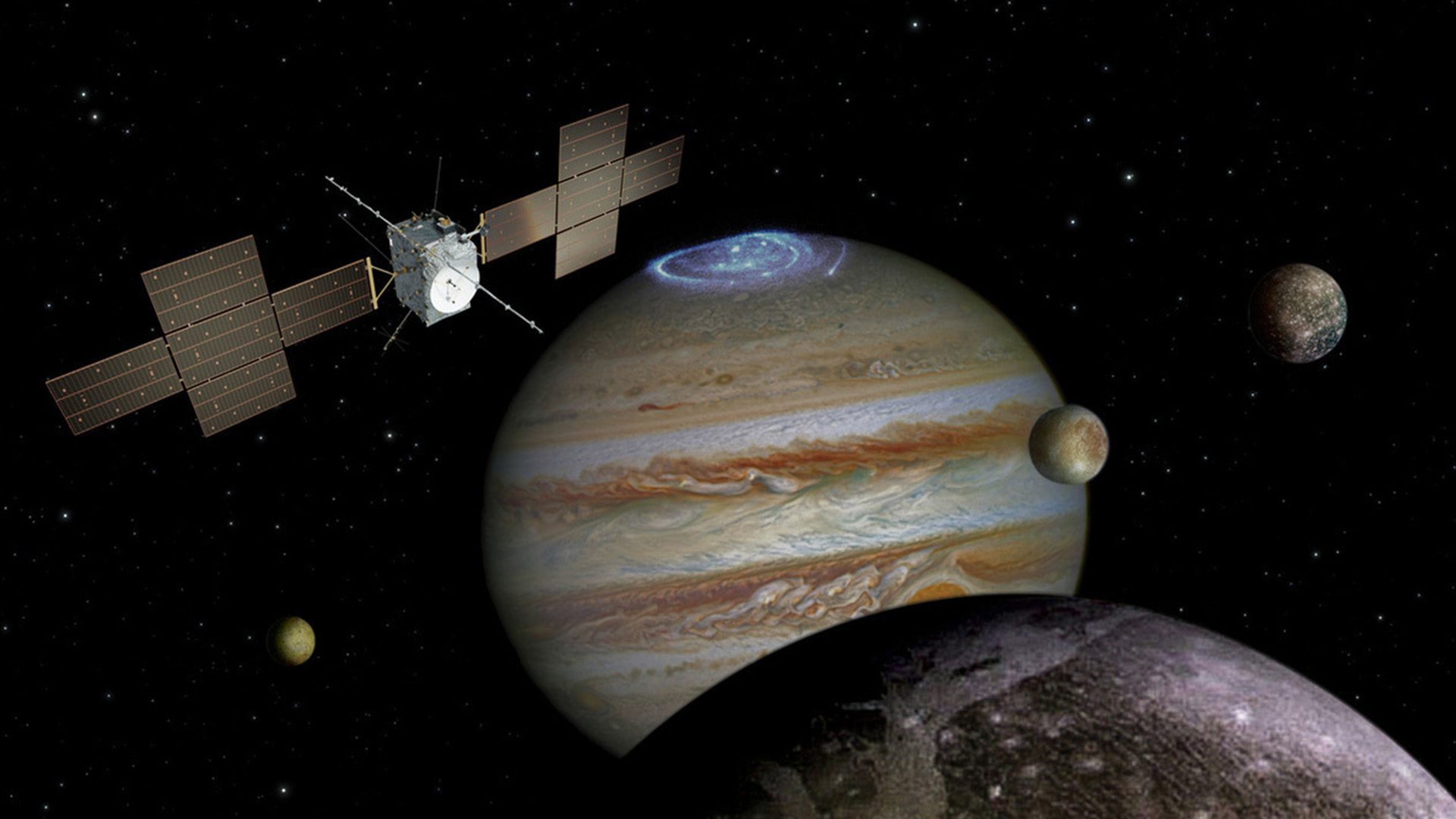
The European Space Agency’s Jupiter Icy Moon Explorer (JUICE) spacecraft is scheduled to launch in April 2023 on an Ariane 5 rocket from French Guiana. After about eight years, the spacecraft will reach orbit around Jupiter and begin an in-depth survey of the planet’s largest moons: Ganymede, Callisto, and Europa. Each moon is covered in a thick layer of ice; JUICE will determine whether these moons host large oceans of water beneath their crusts. The mission will also help scientists understand how habitable worlds might form around gas-giant planets.
3. Tropospheric Emissions Monitoring of Pollution (Early 2023)
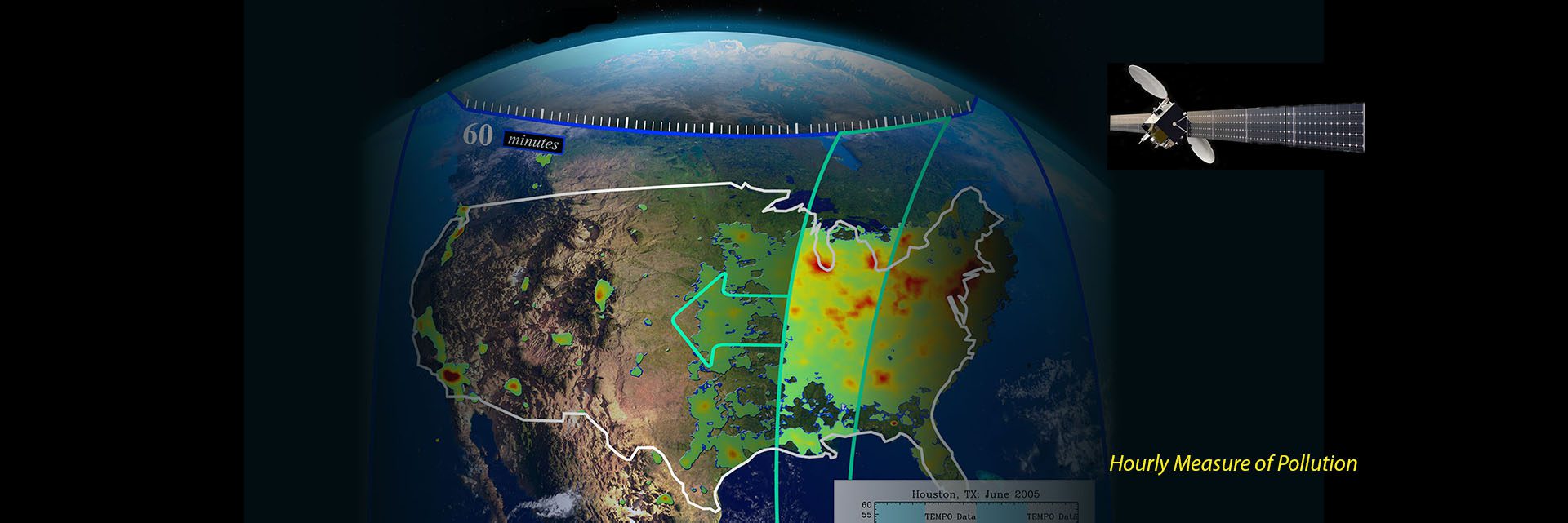
NASA’s TEMPO Tropospheric Emissions Monitoring of Pollution (TEMPO) will measure the pollution over North America, from Mexico City to the Canadian oil sands, and from the Atlantic to the Pacific, hourly and at high spatial resolution. TEMPO will be NASA’s first Earth Venture Instrument mission and the first space-based instrument to monitor air pollutants hourly across the North American continent during the daytime. In early 2023, the scientific instruments for TEMPO will be carried aboard a commercial communications satellite. This will stay above the same spot on the equator so TEMPO can observe variations in air quality across all of North America.
4. Blue Moon (August 30-31)
On the night of August 30-31, there will be a Blue Moon. The Moon will not be actually blue—a Blue Moon occurs when there are two full moons in one calendar month. However, it will look larger in the sky because it will also be a supermoon. Around midnight, the moon will only be about 220,000 miles from Earth, which is much closer than the average of 239,000 miles.
5. Return of OSIRIS-REx (September 23)
On September 23, the sample return capsule OSIRIS-REx will enter Earth’s atmosphere, cross the Western U.S., deploy its parachute, and touch down at the Utah Test and Training Range. Launched in September 2016, OSIRIS-REx was the first NASA mission to collect samples from an asteroid. Scientists hope the dust and pebbles OSIRIS-REX gathered from the surface of the asteroid Bennu will provide insights into the formation of the early solar system, as well as how asteroids could impact Earth in the future.
6. Annular Solar Eclipse (October 14)
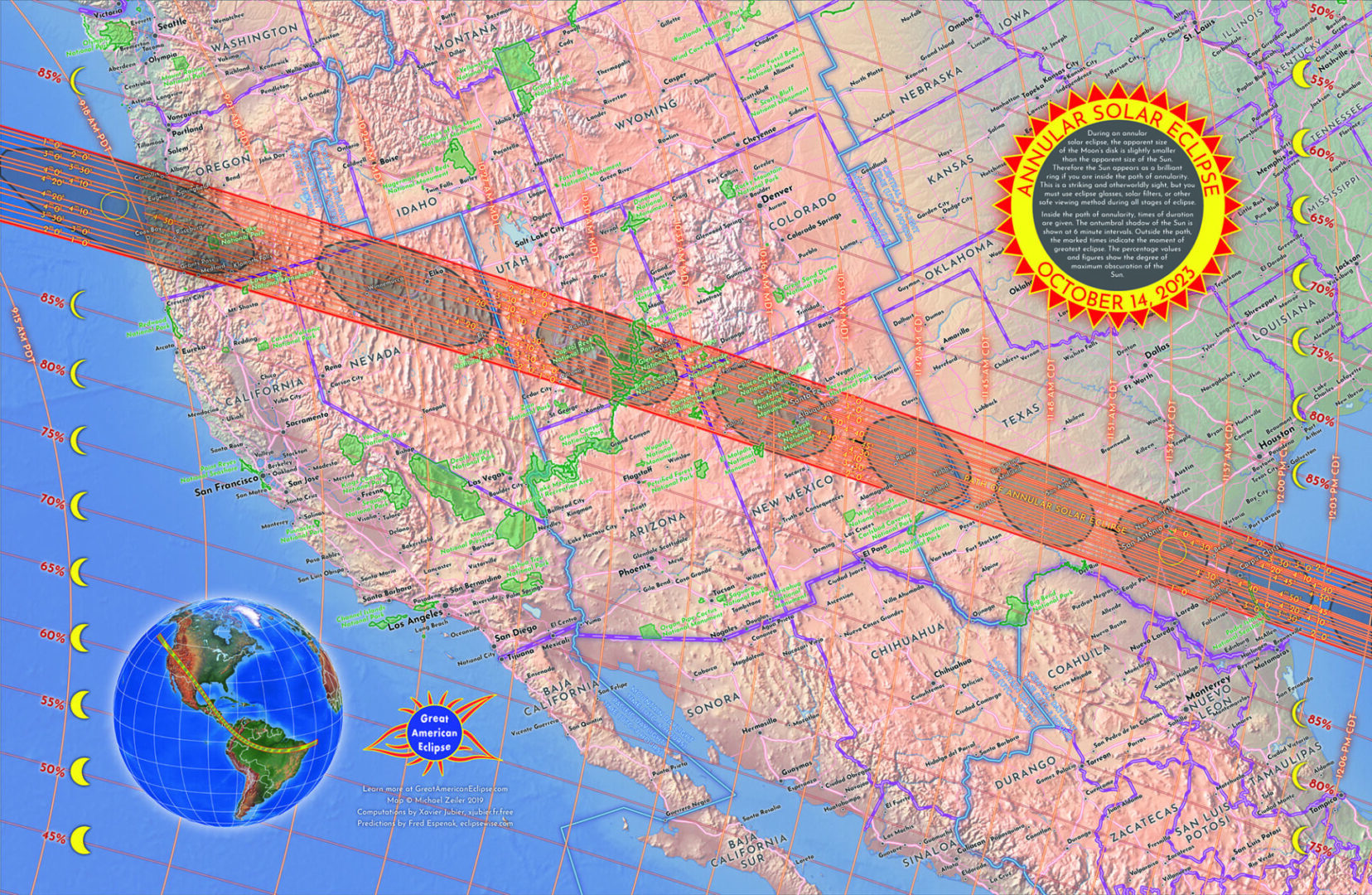
On October 14, there will be an almost-total eclipse. An annular solar eclipse occurs when the Moon is too far away from the Earth to completely cover the Sun. The result is a ring of light around the darkened moon; this has been deemed a “ring of fire”. The eclipse begins over central Oregon at 9:14 a.m. PT and ends at sunset in Brazil. A partial eclipse will be visible throughout much of North and South America.
7. Psyche Mission (October)
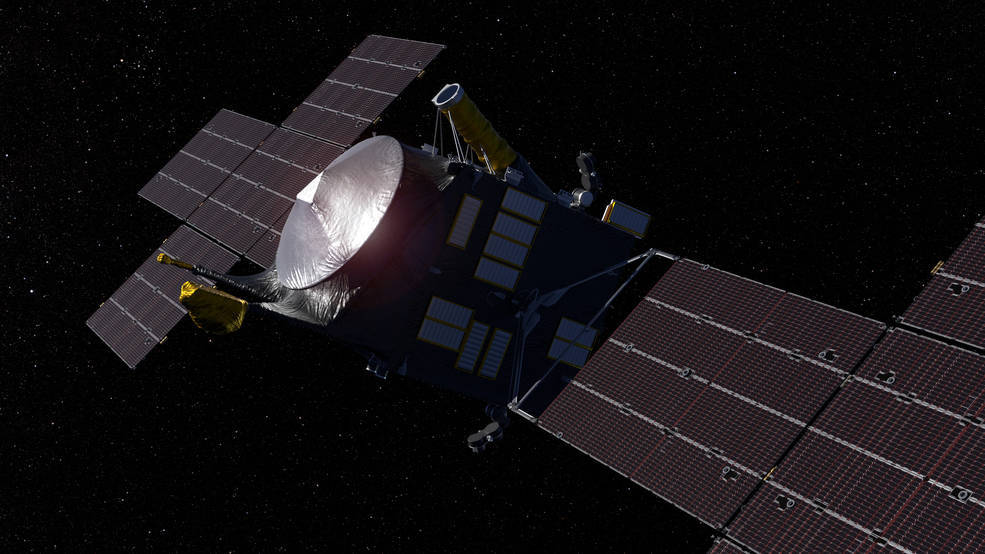
After Psyche missed its planned 2022 launch as a result of development problems, NASA has scheduled the mission to launch in October of 2023. The Psyche spacecraft will arrive at the iron-rich asteroid 16 Psyche in August 2029. The asteroid is thought to be the core of an object that failed to form a planet from the earliest days of the solar system. By studying its composition, mass distribution, magnetic field, and more, scientists hope to learn more about how rocky planets may have formed.
8. dearMoon Mission Launch (2023)
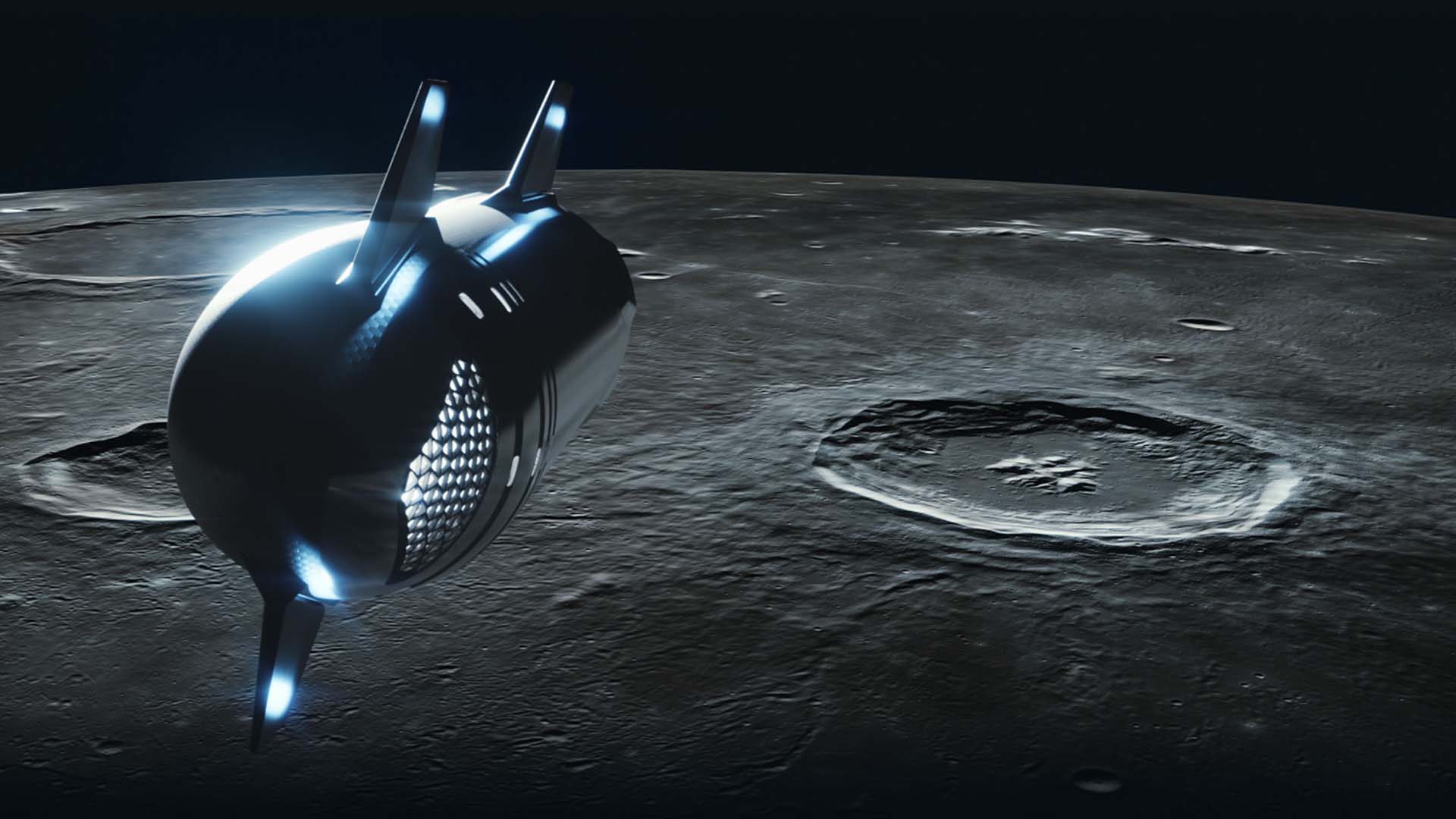
A new mission called dearMoon is planning to propel a crew of 11 people around the moon and back. Privately funded by Japanese billionaire Yusaku Maezawa and utilizing SpaceX’s Starship rocket, the mission will make a week-long journey through space to the Moon and back sometime in 2023. The crew includes American music producer Steve Aoki, South Korean rapper T.O.P., American YouTuber Tim Dodd, and Indian actor Dev Joshi. As of the end of 2022, only 24 people have been around the moon; it has not been repeated since 1972.
For more blogs about 2023, check out the year’s best travel destinations, our 2023 clean energy outlook, inventions turning 100 this year, and emerging artists to watch.





